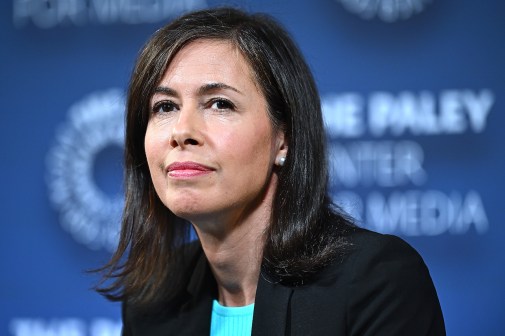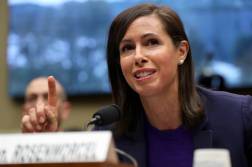Schools, libraries get full $3.9B in E-Rate funding

Schools and libraries across the country will be getting the full amount they requested to upgrade their telecommunications and wireless services from the Federal Communications Commission, which capped the funding this year at $3.9 billion.
In total, the districts requested $3.92 billion — just over the budget. According to figures from the FCC breaking down the funds, about 40 percent of the money is going toward upgrading internal connections. About 23 percent will pay for telecom services while 21 percent will go toward Internet access.
In a telling sign of the Internet era, just 13 percent of the pot of money will be directed toward voice services, like phone lines.
The E-Rate program, which provides the money for high-speed broadband, was drastically changed this year, with new funds available for Wi-Fi in schools and libraries for the first time in three years, FCC Chairman Tom Wheeler said in a blog post.
“In the past, many schools and libraries didn’t bother to apply for Wi-Fi funding because they had no hope of getting funds,” he wrote. “As projected last year, we will be able to fully fund eligible Wi-Fi applications thanks entirely to fiscal and programmatic reforms that freed up more than $1.5 billion for Wi-Fi.”
He added that the 48,404 applications the agency received “reflect long pent-up demand.”
“Schools and libraries have responded to the FCC’s E-Rate reforms by seeking a total of $3.9 billion in support, including more than $1.6 billion for internal Wi-Fi networks,” he wrote.
The FCC also made funding commitments for Category 2 services, which focus only on broadband transmission inside buildings. Schools and libraries were eligible to receive routers, switches, wireless access points, internal cabling, wireless controller systems and firewall services — all to help bring learning into the 21st century with more personalized instruction for kids.
An E-Rate expert at Funds for Learning, a company that helps about 700 school districts navigate the process, said that funding commitments for Category 2 services have not been honored this early in the process since 2000.
FCC officials said they wanted to make sure there was enough time to start installing the tools this summer.
Wheeler ended his post with a sly wink toward what’s coming up next.
“Work is already underway preparing for next year’s introduction of other changes we made to the E-rate program to support the expansion of high-speed fiber connections,” he wrote. “But for now, we’re thrilled that modernization is working as projected.”





